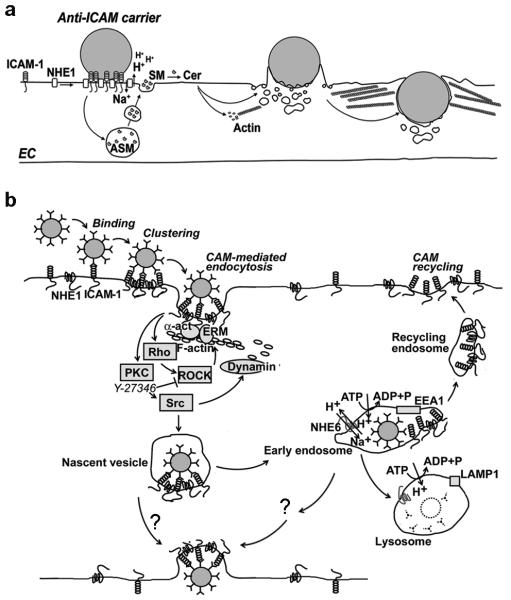Figure 4. ICAM-1 mediated pathway for transport of therapeutic carriers.
(a) The initial events elicited upon binding of ICAM-1-targeted carriers to endothelial cells include interaction between ICAM-1 and the sodium/proton exchanger protein NHE1 in lipid raft domains enriched in sphingomyelin. This leads to recruitment of acid sphingomyelinase to carrier binding sites, acidification of the immediate extracellular region by NHE1, and ceramide generation. Ceramide facilitates formation of engulfment structures and re-organization of the actin cytoskeleton into stress fibers, altogether leading to endocytosis of the drug carrier. (b) The signaling cascade governing this pathway is shown, including activation of protein kinase C (PKC), Src kinase, Rho and Rho-dependent kinase (ROCK). This cascade leads to formation of endocytic structures that pinch off the plasmalemma helped by dynamin. Subsequently, carriers are transported to early endosomes, where ICAM-1 separates from ICAM-1-targeted carriers. ICAM-1 recycles to the plasma membrane and carriers are transported to both lysosomes and the abluminal membrane (by transcytosis).

